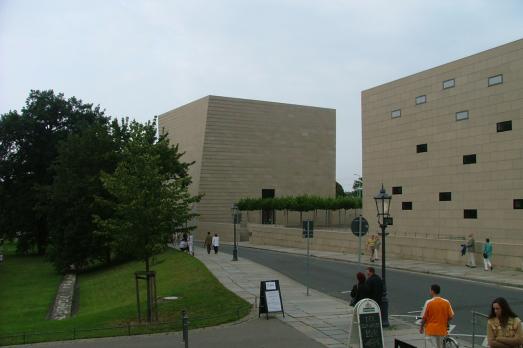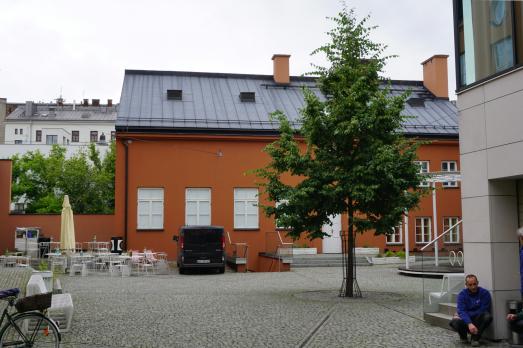Synagoge
Rotterdam, NL
The very first Jewish community in Rotterdam was founded by Portuguese Jews from Antwerp. In 1610, the Vroedschap allowed the "Portuguese Jews" to settle in Rotterdam "to promote traffic and negotiations within this city" and to establish a synagogue there. In the first half of the 17th century, we already find a synagogue of the Portuguese Jewish community. Among them was the highly respected De Pinto family, of which Abraham Gillez Lopez de Pinto in particular left nothing to make the Jewish community a worthy community. He was a wealthy man who lived in the double upper house on the south side of Wijnhaven No. 62, corner of Bierstraat. After renovation, this became a meeting place and school for Jews who felt the need to increase their knowledge of the Talmud and the Bible. The Jews from the east - called "High German Jews" - came later. Their first synagogue was the one at Glashaven (1674). For a while, the Portuguese and High German Jews each had their own synagogue, but when the number of Portuguese Jews decreased significantly, both communities decided in 1682 to unite and use the synagogue at Glashaven WZ. This synagogue soon became too small and an adjacent building was purchased to enlarge the existing church. When in 1723 Parnassijns requested permission to enlarge the synagogue, the mayors believed that "those of the Jewish nation would do better to look elsewhere at the public church (meaning the Zuiderkerk) in a more elegant way".









